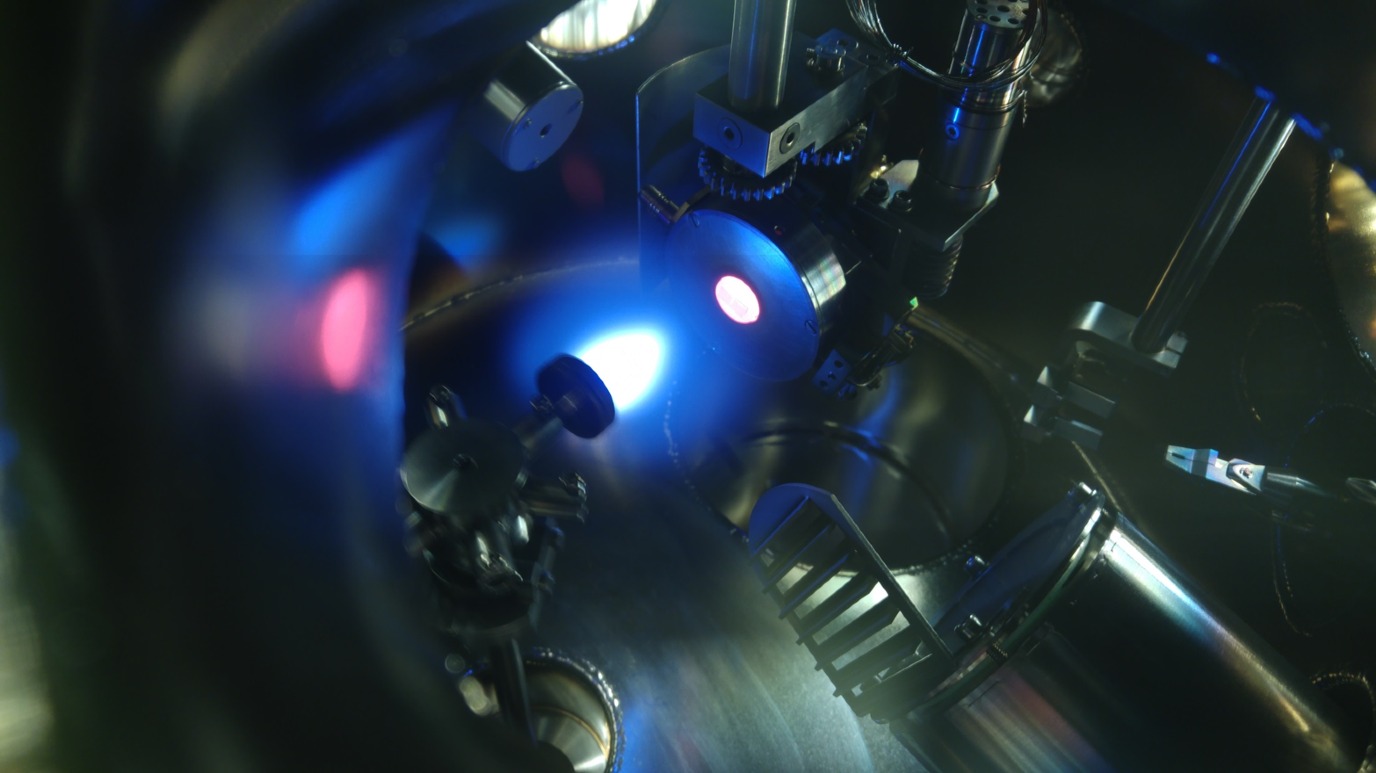Probabilities, P-Bits, and the Post-Silicon Future
Did you know that the computers that sent Neil Armstrong to the moon took up an entire room? Fast-forward a few decades, and we now carry more powerful computers in our pockets — smartphones that can stream videos, navigate cities and help online shopping. But how did we get here? For the last 60 years, we’ve improved computers mainly by shrinking their components. Smaller parts meant more power, more speed, and more memory in less space. But here’s the twist: there’s only so small you can go. Physics has its limits and we’re reaching them fast. So what comes next? At a recent CogniGron@Work session, our student assistant Amalie Fedorova spoke with PhD candidate Ishitro Bhaduri, who is working on one of the promising successors to conventional computing — probabilistic computing.
Let’s dive into what he shared and answer some burning questions: What is probabilistic computing and why might it be better? How does a material called LSMO fit into all this? And what’s the big picture for the future of computing?
The silicon ceiling
Modern computers, from laptops to smartphones, are built on silicon-based technology, and for good reason. Silicon is abundant, affordable, and easy to manufacture, making it the backbone of the electronics industry for decades. But while silicon has served us well, it has its limits. We’re now pushing against the boundaries of how small and efficient we can make silicon components. More critically, silicon isn’t naturally suited for handling the kind of complex, parallel, and energy-efficient processing required for tasks like real-time optimisation or brain-inspired computing. Simply put, we’re asking silicon to do things it wasn’t built for and it’s time to explore alternatives.
What is probabilistic computing?
Let’s start with a simple analogy. Your current devices process information using binary computing. Data is stored and processed as stable bits, either 0 or 1, like a lightbulb that’s either on or off. This method works beautifully for tasks with clear answers, like calculating 5 × 6. But not every problem is this clean-cut. Take Google Maps. When you ask for the best route home, it has to consider traffic, construction, weather, and even your travel preferences. This isn’t a single-answer question, it’s an optimization problem with many “good enough” solutions. Binary computers can solve it, but they need to evaluate many possibilities in sequence, which takes time and energy. Enter probabilistic computing. In this approach, the bits, called p-bits, aren’t stable. They randomly flip between 0 and 1, like a flickering lightbulb. While this sounds chaotic, it’s incredibly useful. Because instead of evaluating one option at a time, probabilistic computers explore many options in parallel. That makes them perfect for problems involving uncertainty, randomness, or multiple near-solutions.

How does LSMO fit in?
To make a probabilistic computer real, you need hardware that naturally flickers. That’s where materials science steps in. Ishitro works with lanthanum strontium manganite, LSMO for short. It has a special trait: it undergoes a metal–insulator transition (MIT). At low temperatures, it behaves like a metal, conducting electricity. At high temperatures, it becomes an insulator, resisting current. But the real magic happens near its transition point. At this critical temperature, LSMO isn’t clearly metallic or insulating. It fluctuates between the two. That’s exactly the unpredictability needed for creating physical p‑bits. Here’s a helpful analogy: water. At 0°C it’s ice. At 100°C, steam. But at a certain pressure and temperature it can exist as a mix of solid, liquid, and gas. LSMO has a similar transitional behaviour, right at the MIT. If you tune the temperature just right, you get a material on the edge, flickering between two states, just like a probabilistic bit should.
A glimpse into the future
Probabilistic computing is opening up exciting new possibilities, especially in fields that involve decision-making, optimisation, and learning. And while materials like LSMO are still being researched, they’re already showing incredible promise. We’re not just making computers faster. We’re reinventing how they compute by leaning into randomness and uncertainty. And who knows? One day, the device in your pocket might not just be smaller or faster, it might be running on a flickering piece of LSMO.

